Missions
OceanX conducts mission which are comprised of OceanX crew members, technicians, scientists, and filmmakers. The science to be conducted on each mission is largely defined by scientists that are local to the site of the mission. We engage environmental ministers, resource managers, and other governmental organizations involved in the exploration and management of a country's marine resources. We also engage academic scientists from local universities and research institutes to develop an expedition plan. Once a mission is run, the data collected is delivered to the local scientific community and governmental authorities. Subsequently, data collected is published in peer reviewed scientific journals and uploaded to public data repositories.
Highlighted Missions:
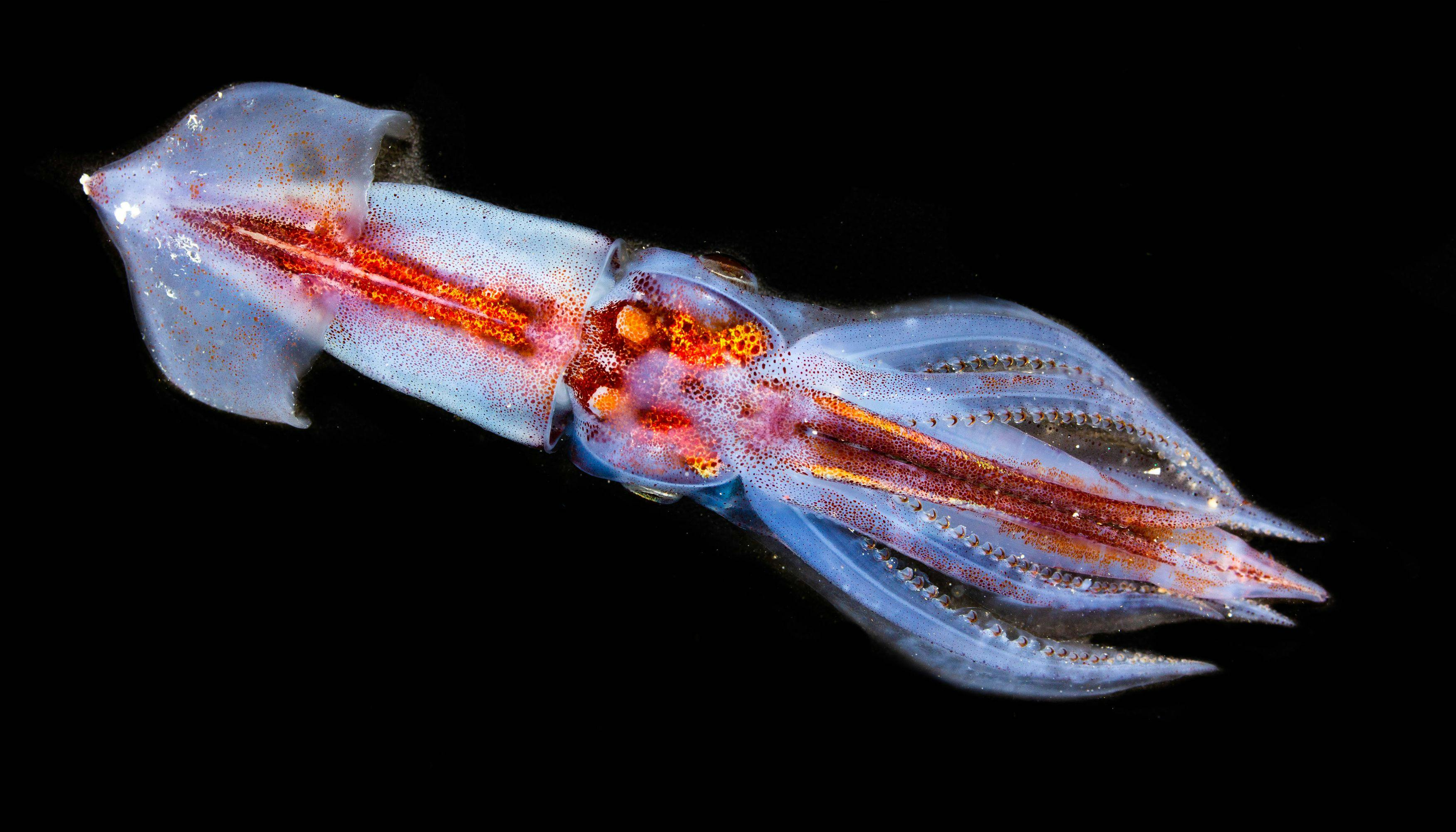
Red Sea 2020
The Red Sea is one of the least explored major bodies of water in the world. It is here that species of fish and corals are discovered unique to the region, and where the most thermally tolerant animals exist in the world - perhaps providing genomic clues about how corals and other species can adapt to future warming oceans. On this mission, OceanX delves into this unexplored region to reveal the beauty of its biodiversity and unlock the secrets of climate change adaptation.
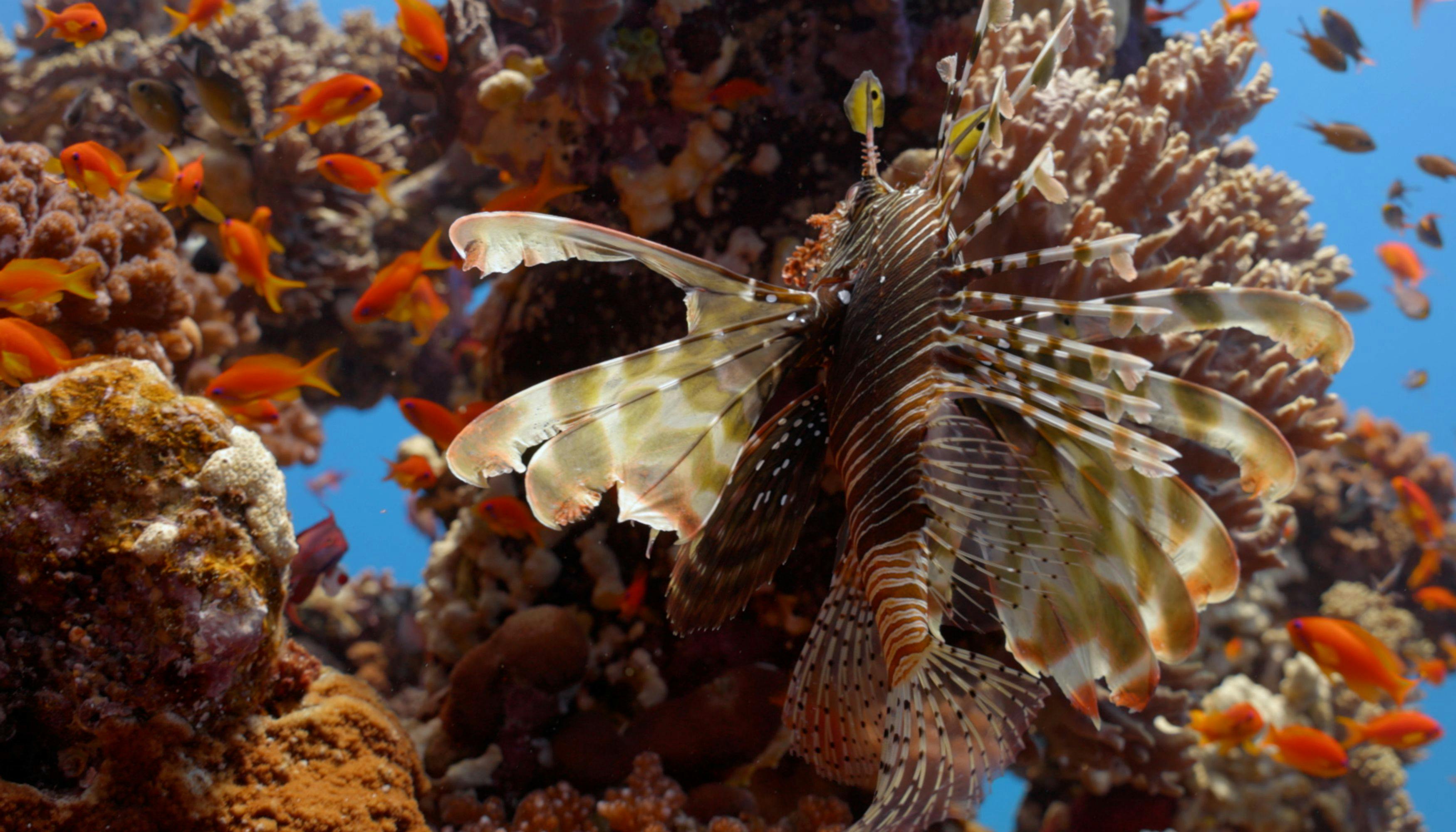
Red Sea Decade Expedition 2022
OceanX returns to the Red Sea to build upon the foundations of the discoveries of 2020 and further advance exploration into the unique biodiversity of the region. Starting at Farasan island to the south and ending in the Gulf of Aquaba to the north, OceanX takes a deeper look into the "super-corals" of this region, the mysterious brine pools of the depths, and the megafauna that traverse these waters.
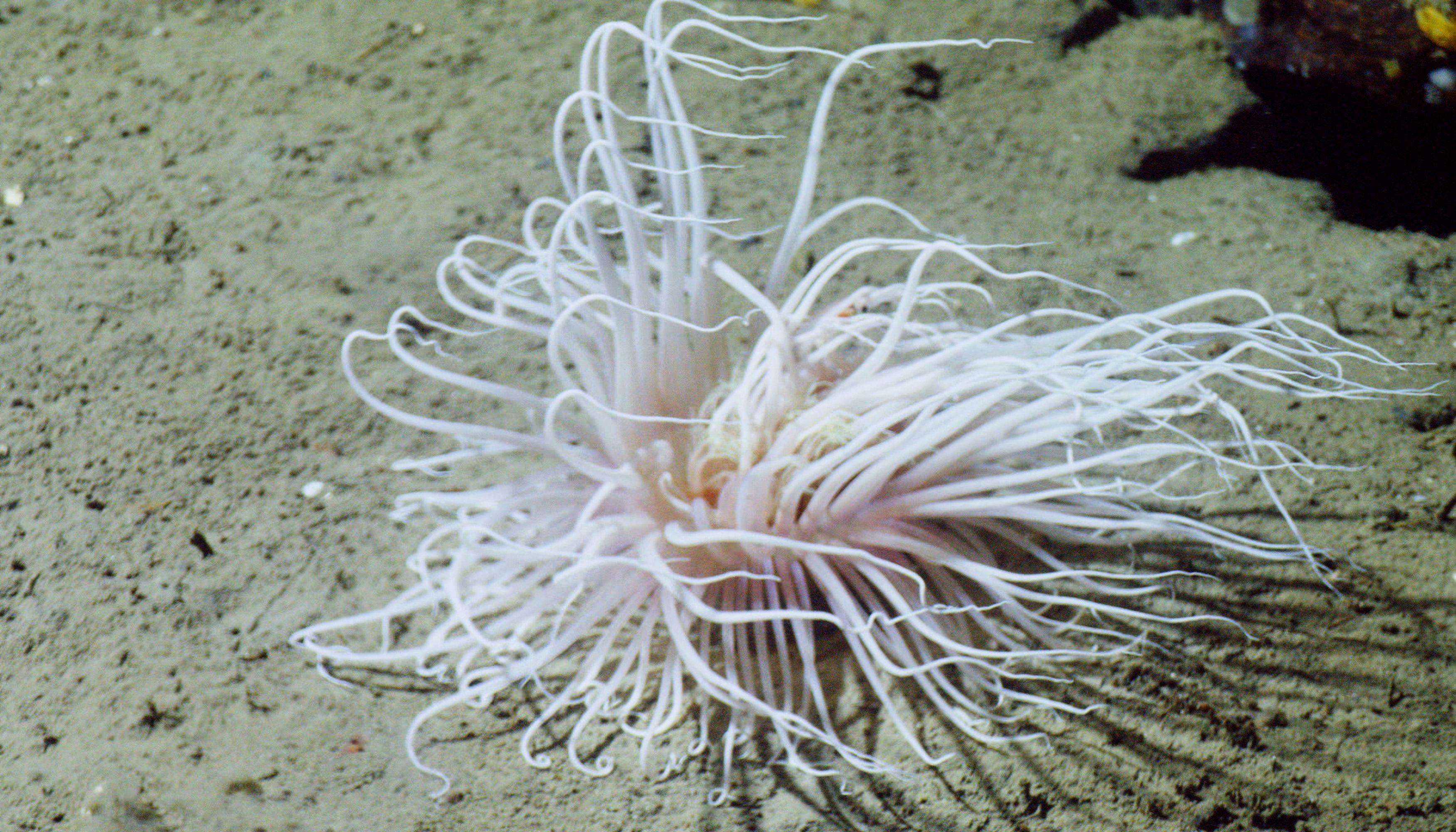
Jordan 2022
Jordan lies adjacent to The Gulf of Aquaba, a unique body of water known to host a spectacular diversity of corals and fascinating geological features. However, much of the area has never been explored or studied beyond shallow-water reef surveys along the coastline, and a handful of deep-sea oceanographic studies. OceanX pioneers exploration into the deep waters of the Gulf of Aquaba to fully characterize the biological, geological and oceanographic features of Jordan
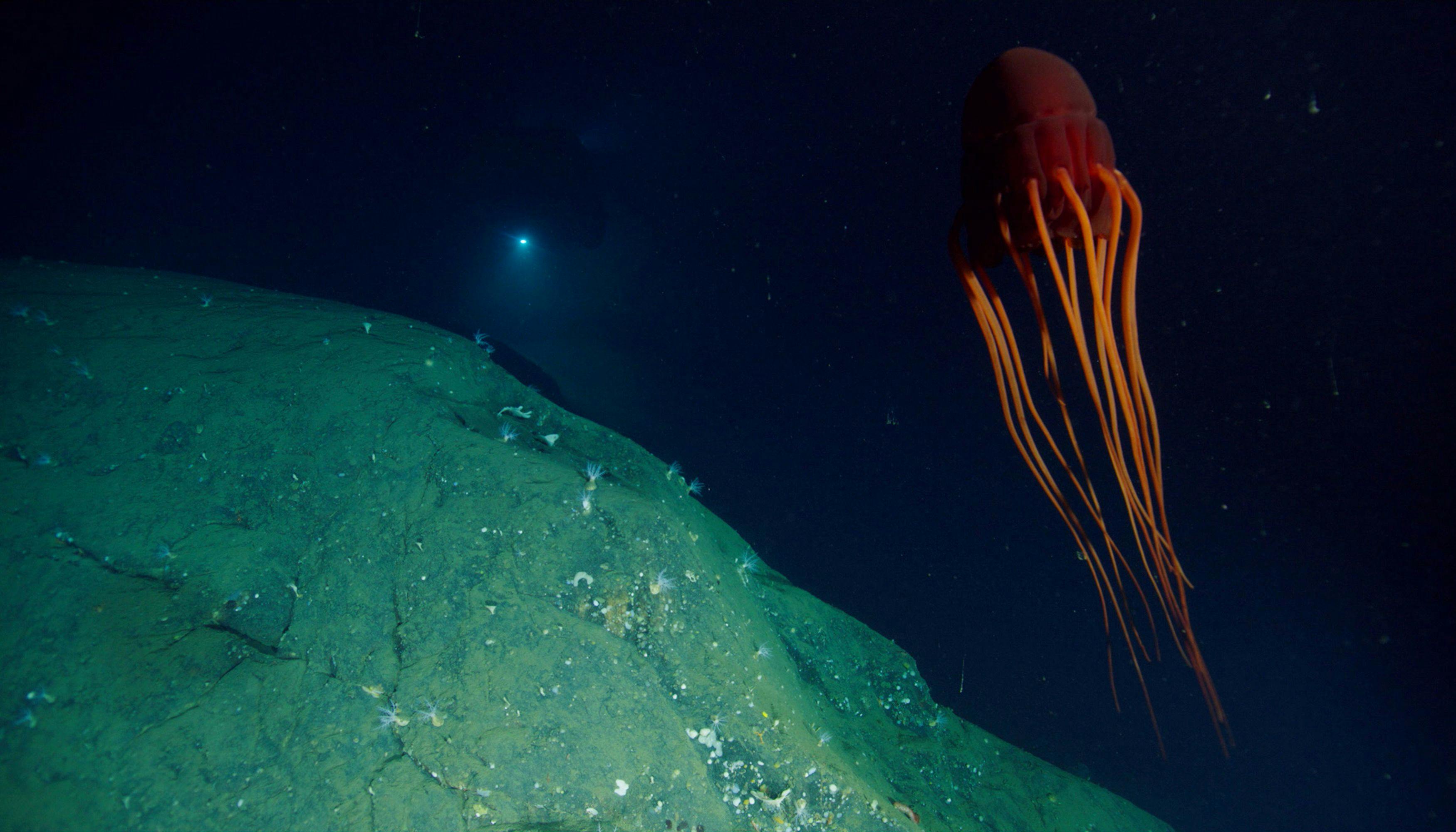
Norway 2023
The imposing fjords of Norway hide a vast array of biodiversity within their depths - a shadowy world unseen by human eyes. Beneath their impressive expanse lies a world of intriguing sharks and starfish that use light to navigate their abyssal environment and marine plants that move carbon to the deep-sea. OceanX dives straight into these frigid waters to uncover the immense biodiversity and bioluminescent organisms that call these depths home.
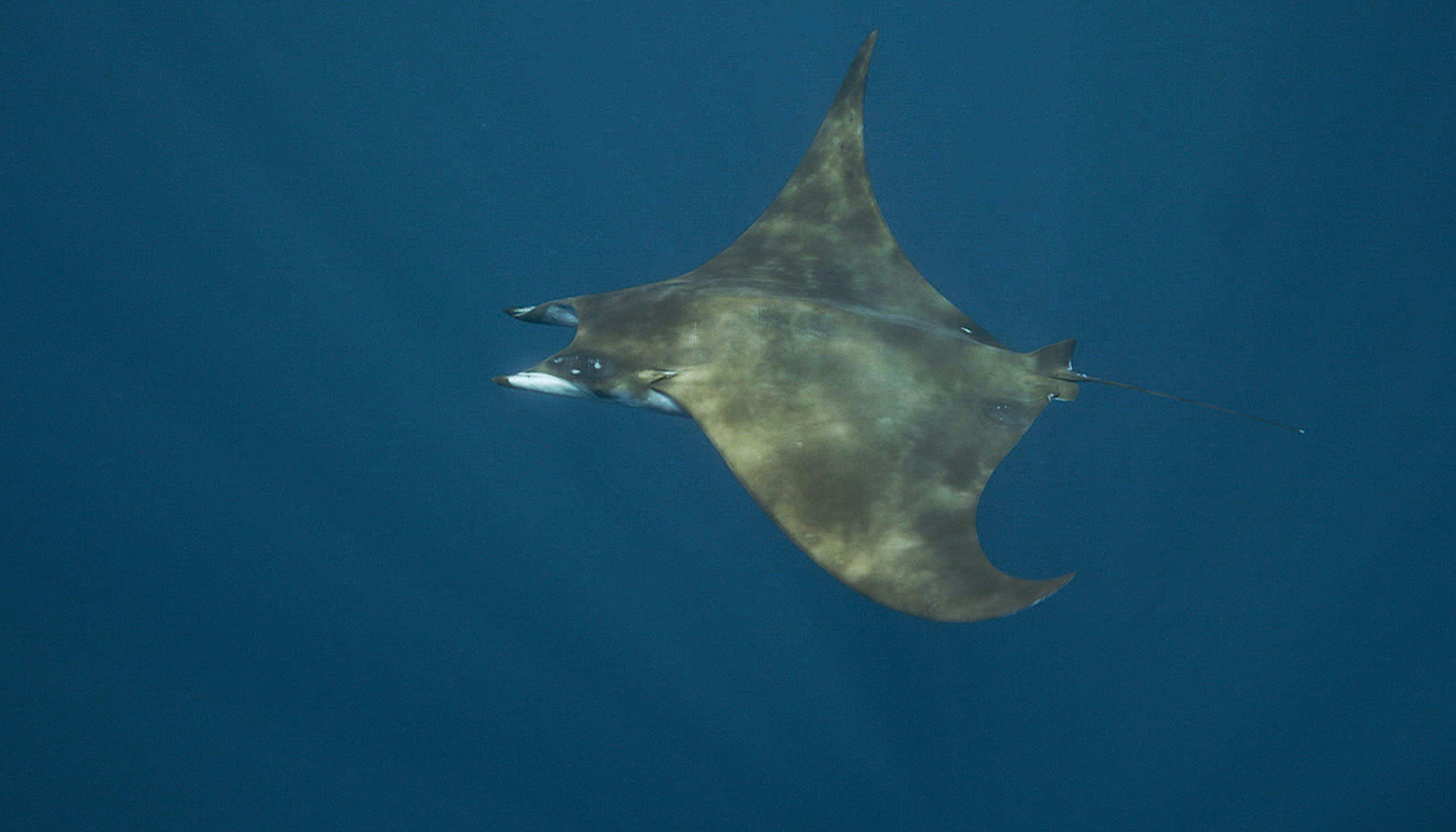
Azores 2023
Below the surface of the Azores lie underwater mountains that serve as oases of life in the Eastern Atlantic. Plummeting to depths of 1,500 meters, these seamounts support a rich benthic garden of sea sponges and mesophotic reefs. Deep-sea nutrients uplifted to the surface attract diverse fish aggregations and marine megafauna that include sharks and mobula rays. OceanX descends to the deep to scale these underwater mountains and document the abundance of life from deep-sea to surface.
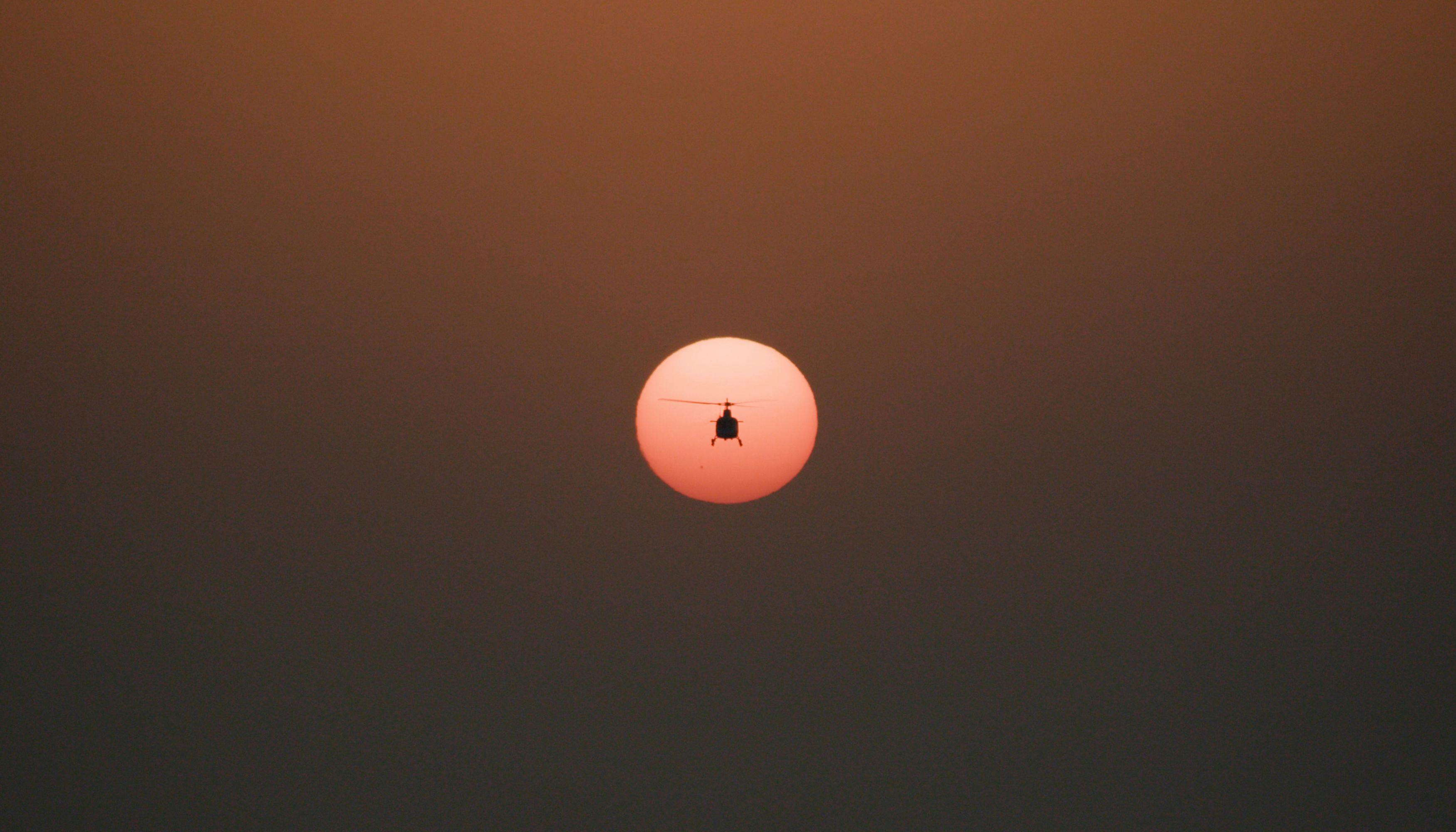
OceanX 2024 (Coming Soon)
Follow OceanX as we embark to new locations and unveil the beauty of the world's oceans.
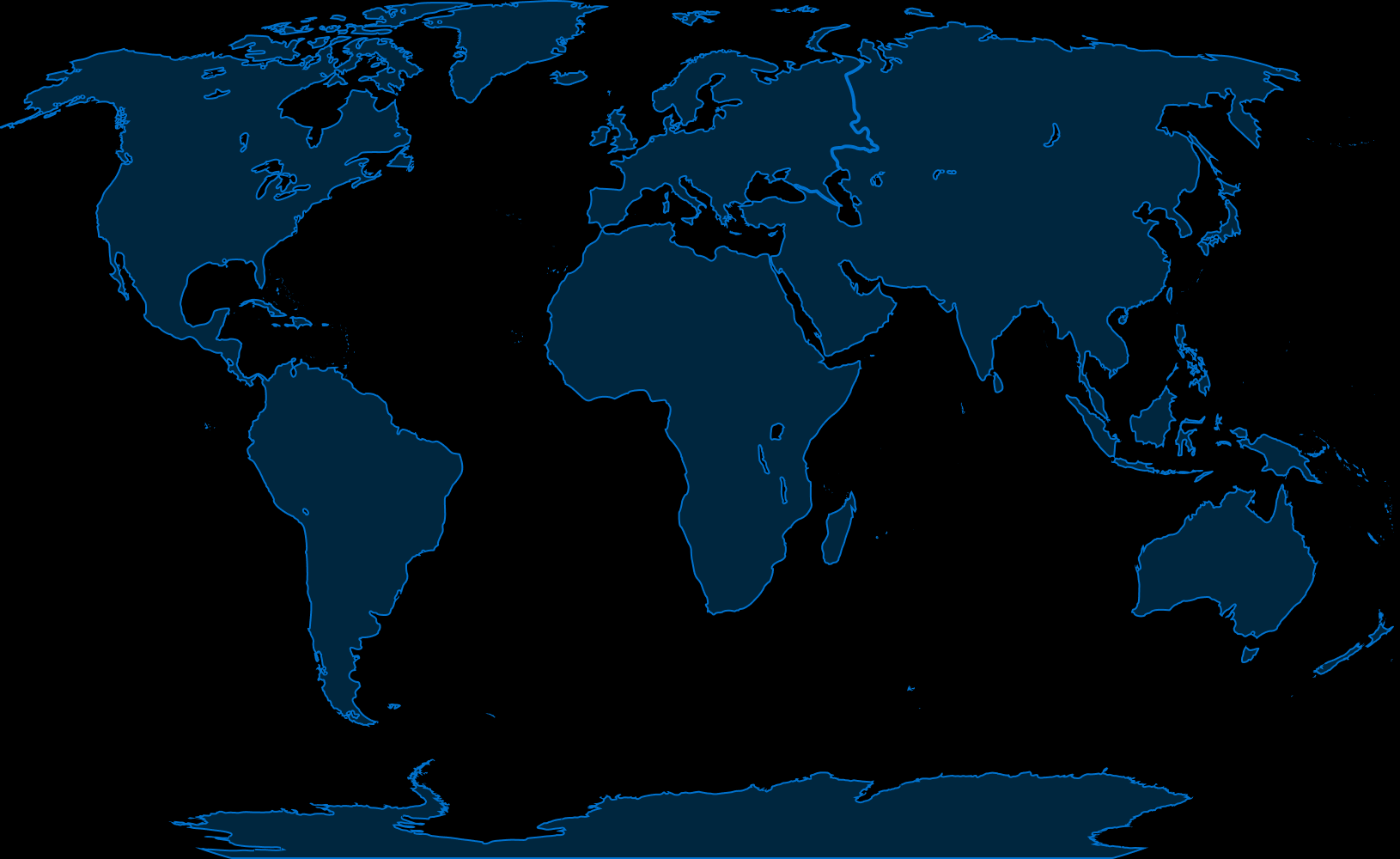
Azores 2023
Norway 2023
Red Sea Decade Expedition 2022
The Red Sea is a narrow ocean basin between Egypt, Sudan, and Eritrea, in the west, and Saudi Arabia and Yemen in the east. The Red Sea is distinctive in many ways, containing the world’s warmest and saltiest water, as well as one of the world’s most heavily trafficked passageways between Europe, the Middle East, Asia, and Africa. OceanX returns to the Red Sea to further scientific exploration of its historic depths, extensive biological communities, and novel ecosystems.
Jordan 2022
Svalbard 2021
Red Sea 2020
The Red Sea is one of the least explored major bodies of water in the world. The Red Sea is home to unique, endemic species of fish and corals new to science, and the most thermally tolerant animals in the world — perhaps providing genomic clues about how corals and other species can adapt to future warming oceans. On this mission, OceanX delves into this unexplored region to reveal the beauty of its biodiversity and unlock the secrets of climate change adaptation to future warmer seas.
Dominican Republic 2021
Bahamas and Florida 2021
Micronesia
New Zealand
Palau
Galapagos
Marshall Islands
Panama
Antarctica
Cuba
Publications
Marzo-Pérez, D., Pérez-García, JA, & Armenteros, M. (2023). Taxonomic list of free-living marine nematodes from the Jardines de la Reina coral reef system, Cuba. Journal of Marine Research, 42 (2), 38–46. https://revistas.uh.cu/rim/article/view/1142
Navarro-Martínez, Z.M., Armenteros, M., Espinosa, L., Lake, J.J., & Apprill, A. (2022). Taxonomic and functional assemblage structure of coral reef fishes from Jardines de la Reina (Caribbean Sea, Cuba). Mar Ecol Prog Ser 690, 113-132. https://doi.org/10.3354/meps14049
Weber, L., Armenteros, M., Kido Soule, M., Longnecker, K., Kujawinski, E. B., & Apprill, A. (2020). Extracellular Reef Metabolites Across the Protected Jardines de la Reina, Cuba Reef System. Frontiers in Marine Science, 7, 582161. https://doi.org/10.3389/FMARS.2020.582161
Grabb, K. C., Kapit, J., Wankel, S. D., Manganini, K., Apprill, A., Armenteros, M., & Hansel, C. M. (2019). Development of a Handheld Submersible Chemiluminescent Sensor: Quantification of Superoxide at Coral Surfaces. Environmental Science and Technology, 53(23), 13850–13858. https://doi.org/10.1021/acs.est.9b04022
Hernández-Fernández, L., González de Zayas, R., Weber, L., Apprill, A., & Armenteros, M. (2019). Small-Scale Variability Dominates Benthic Coverage and Diversity Across the Jardines de La Reina, Cuba Coral Reef System. Frontiers in Marine Science, 6, 487592. https://doi.org/10.3389/FMARS.2019.00747
Weber, L., Gonzalez-Díaz, P., Armenteros, M., & Apprill, A. (2019). The coral ecosphere: A unique coral reef habitat that fosters coral–microbial interactions. Limnology and Oceanography, 64(6), 2373–2388. https://doi.org/10.1002/LNO.11190
Weber, L., González-Díaz, P., Armenteros, M., Ferrer, V. M., Bretos, F., Bartels, E., Santoro, A. E., & Apprill, A. (2020). Microbial signatures of protected and impacted Northern Caribbean reefs: changes from Cuba to the Florida Keys. Environmental Microbiology, 22(1), 499–519. https://doi.org/10.1111/1462-2920.14870
Ulmo-Díaz, G., Casane, D., Bernatchez, L., González-Díaz, P., Apprill, A., Castellanos-Gell, J., Hernández-Fernández, L., & García-Machado, E. (2018). Genetic differentiation in the mountainous star coral Orbicella faveolata around Cuba. Coral Reefs, 37(4), 1217–1227. https://doi.org/10.1007/S00338-018-1722-X
Rodríguez, V. M., González-Díaz, S. P., Hernández Fernández, L., Siciliano, D., Bretos, F., Apprill, A., Huges, K., & Santoro, A. (2016). Salud de las comunidades de corales en arrecifes de Jardines de la Reina - golfo de Ana María, región sur-central de Cuba. Revista Investigaciones Marinas. https://aquadocs.org/handle/1834/9770
